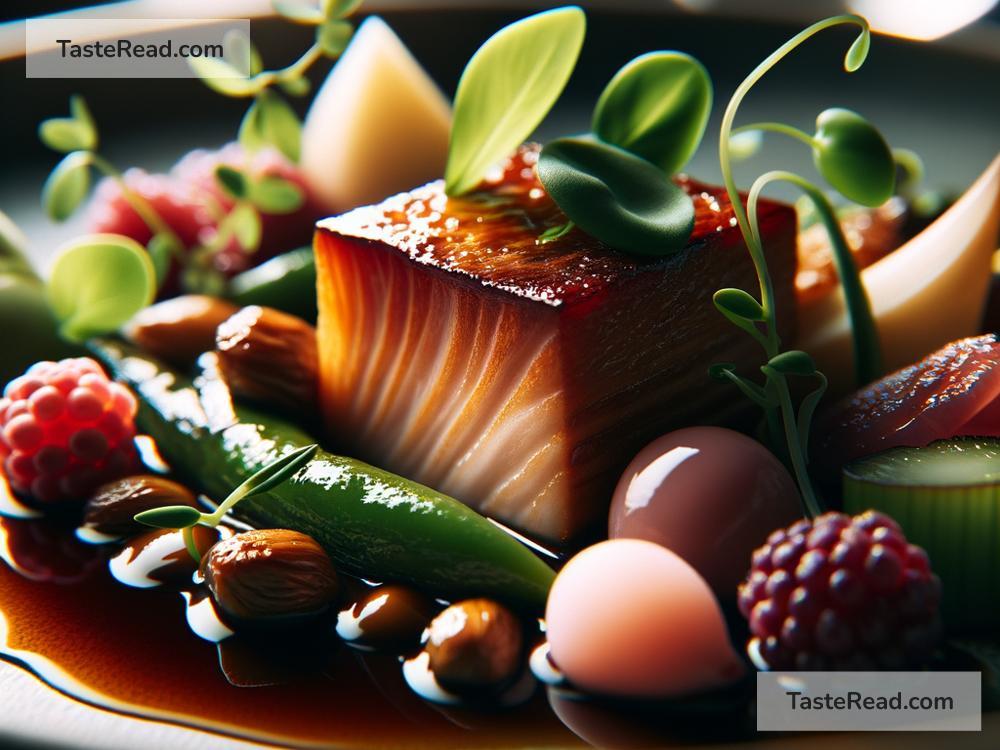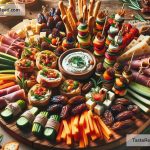How to Photograph Plated Dishes for Fine Dining Menus: A Simple Guide
Have you ever scrolled through a fine dining restaurant’s menu online and found yourself drooling over the photos before even reading the dish descriptions? That’s the power of great photography. Capturing plated dishes in such a way that they leap off the page and invite diners to reserve a table right away is both an art and a science. Whether you’re a professional photographer, a chef, a restaurateur, or simply a food enthusiast aiming to showcase your culinary creations, this guide is for you. Let’s dive into the simple steps to photograph plated dishes for fine dining menus.
1. Lighting is Everything
The first rule of thumb in food photography, especially for fine dining, is to always use natural light whenever possible. Natural light brings out the true colors and textures of your dish without making it look too harsh or flat. Position your plated dish near a window with plenty of soft, natural light. However, watch out for direct sunlight as it can cause unwanted shadows or overexposed spots. If natural light isn’t an option, consider investing in professional lighting equipment that can mimic its softness and warmth.
2. Choose the Right Angle
The best angle to capture a plated dish depends largely on its composition and height. Overhead shots work brilliantly for dishes spread out horizontally, like pizzas or a spread of different small dishes. Meanwhile, a 45-degree angle is perfect for showcasing the depth of burgers or stacks of pancakes. For visually stunning drinks or dishes with impressive height, try a straight-on shot. Experiment with different angles to find the best showcase for each dish’s unique characteristics.
3. Background and Props
The background and props play a crucial role in food photography. You want your dish to be the star, so opt for simple, uncluttered backgrounds that don’t steal the spotlight. Wooden tables, plain colored cloths, or marble surfaces work well. Props like cutlery, glasses, or ingredients used in the dish can add context but use them sparingly, and ensure they complement the dish rather than distracting from it.
4. Attention to Detail
Fine dining is all about the experience, and that includes the visual aspect of the food. Ensure that the plated dish is neat and meticulously arranged. Tiny adjustments can make a big difference. Use tweezers for precise placement of delicate ingredients or a small brush to clean any stray sauce smudges on the plate. Sometimes, adding a last-minute garnish or a drizzle of sauce can add that final touch of finesse your photo needs.
5. Editing to Enhance, Not Transform
Once you’ve captured your dish, a bit of editing can help to polish the image. However, the key here is subtlety. Use photo editing software or apps to adjust the brightness, contrast, and saturation to make the dish look as appetizing as possible without altering its authenticity. The goal is to enhance the photo to how the dish would appear in the ideal lighting condition, not to deceive.
6. Consistency Across the Menu
When photographing multiple dishes for a menu, maintaining a consistent style and quality across all images is essential. This consistency helps to unify the menu and enhances the overall aesthetic of the fine dining experience you’re representing. Whether it’s using the same background, angle, or lighting setup, find a style that works and stick with it for each dish.
7. Practice and Feedback
As with any skill, practice makes perfect. Experiment with different dishes, settings, and lighting conditions to see what works best. Don’t be discouraged by initial failures; each photo session is a learning opportunity. Additionally, seeking feedback from others can provide new insights and help you see your work from a different perspective.
Capturing the elegance and refinement of plated dishes for fine dining menus involves more than just snapping a quick photo with your smartphone. It requires attention to detail, an understanding of lighting, and an eye for composition. By following these simple steps, you can create mouthwatering images that not only look professional but also entice diners to experience the culinary delights your fine dining establishment has to offer. So, grab your camera, and let’s make your culinary creations shine!


